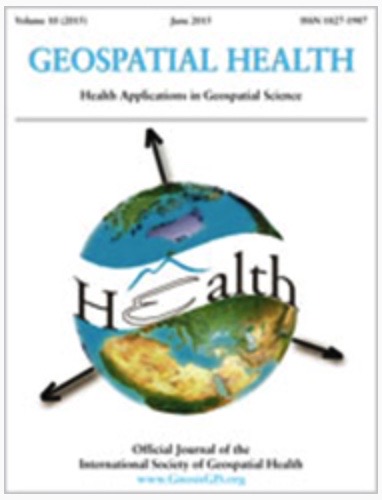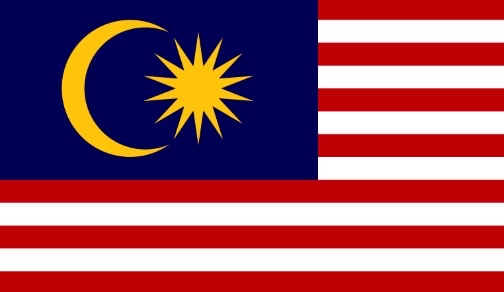Risk map for cutaneous leishmaniasis in Ethiopia based on environmental factors as revealed by geographical information systems and statistics
Published: 1 May 2014
Abstract Views: 4993
PDF: 2342
Publisher's note
All claims expressed in this article are solely those of the authors and do not necessarily represent those of their affiliated organizations, or those of the publisher, the editors and the reviewers. Any product that may be evaluated in this article or claim that may be made by its manufacturer is not guaranteed or endorsed by the publisher.
All claims expressed in this article are solely those of the authors and do not necessarily represent those of their affiliated organizations, or those of the publisher, the editors and the reviewers. Any product that may be evaluated in this article or claim that may be made by its manufacturer is not guaranteed or endorsed by the publisher.
Similar Articles
- Lydia R. Leonardo, Bobby A. Crisostomo, Juan Antonio A. Solon, Pilarita T. Rivera, Alvin B. Marcelo, Jonathan M. Villasper, Geographical information systems in health research and services delivery in the Philippines , Geospatial Health: Vol. 1 No. 2 (2007)
- Simon Brooker, Jürg Utzinger, Integrated disease mapping in a polyparasitic world , Geospatial Health: Vol. 1 No. 2 (2007)
- Deborah D.M.T. Carneiro, Maria E. Bavia, Washington J.S.F. Rocha, Antônio C.Q. Tavares, Luciana L. Cardim, Biruk Alemayehu, Application of spatio-temporal scan statistics for the detection of areas with increased risk for American visceral leishmaniasis in the state of Bahia, Brazil , Geospatial Health: Vol. 2 No. 1 (2007)
- Giovanna Raso, Penelope Vounatsou, Donald P. McManus, Jürg Utzinger, Bayesian risk maps for Schistosoma mansoni and hookworm mono-infections in a setting where both parasites co-exist , Geospatial Health: Vol. 2 No. 1 (2007)
- Peter Steinmann, Xiao-Nong Zhou, Barbara Matthys, Yuan-Lin Li, Hong-Jun Li, Shao-Rong Chen, Zhong Yang, Weng Fan, Tie-Wu Jia, Lan-Hua Li, Penelope Vounatsou, Jürg Utzinger, Spatial risk profiling of Schistosoma japonicum in Eryuan county, Yunnan province, China , Geospatial Health: Vol. 2 No. 1 (2007)
- David E. Koch, Rhett L. Mohler, Douglas G. Goodin, Stratifying land use/land cover for spatial analysis of disease ecology and risk: an example using object-based classification techniques , Geospatial Health: Vol. 2 No. 1 (2007)
- Abdulkader A. Murad, Using geographical information systems for defining the accessibility to health care facilities in Jeddah City, Saudi Arabia , Geospatial Health: Vol. 8 No. 3 (2014)
- Els De Roeck, Frieke Van Coillie, Robert De Wulf, Karen Soenen, Johannes Charlier, Jozef Vercruysse, Wouter Hantson, Els Ducheyne, Guy Hendrickx, Fine-scale mapping of vector habitats using very high resolution satellite imagery: a liver fluke case-study , Geospatial Health: Vol. 8 No. 3 (2014)
- Sumiko Anno, Keiji Imaoka, Takeo Tadono, Tamotsu Igarashi, Subramaniam Sivaganesh, Selvam Kannathasan, Vaithehi Kumaran, Sinnathamby Noble Surendran, Space-time clustering characteristics of dengue based on ecological, socio-economic and demographic factors in northern Sri Lanka , Geospatial Health: Vol. 10 No. 2 (2015)
- André Oliveira, Antònio J.R. Cabral, Jorge M. Mendes, Maria R.O. Martins, Pedro Cabral, Spatiotemporal analysis of the relationship between socioeconomic factors and stroke in the Portuguese mainland population under 65 years old , Geospatial Health: Vol. 10 No. 2 (2015)
You may also start an advanced similarity search for this article.











